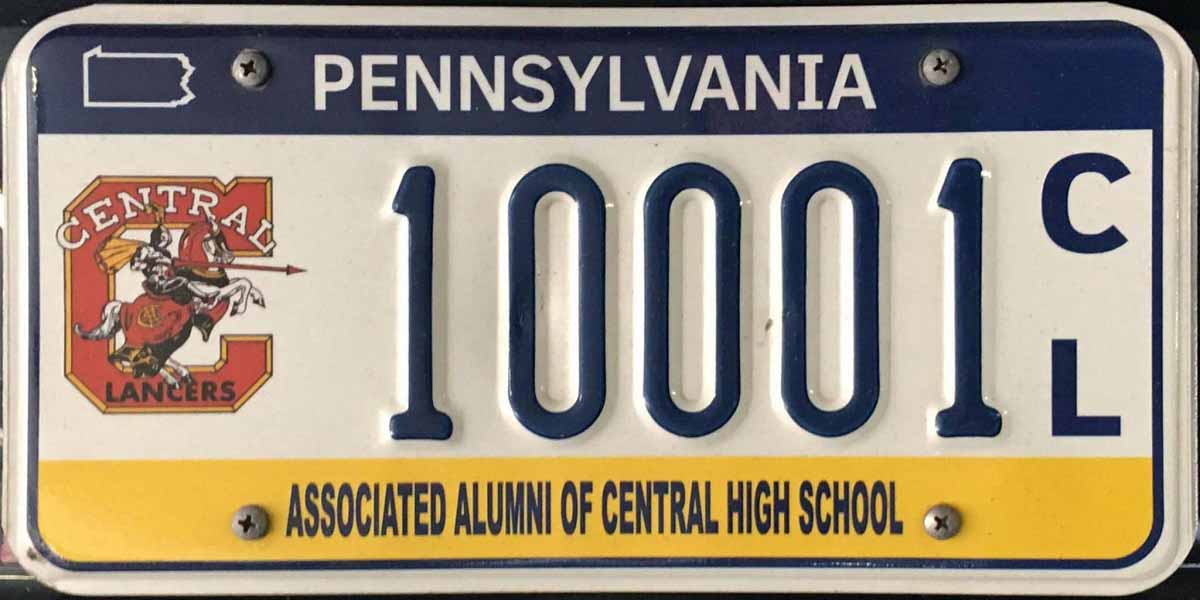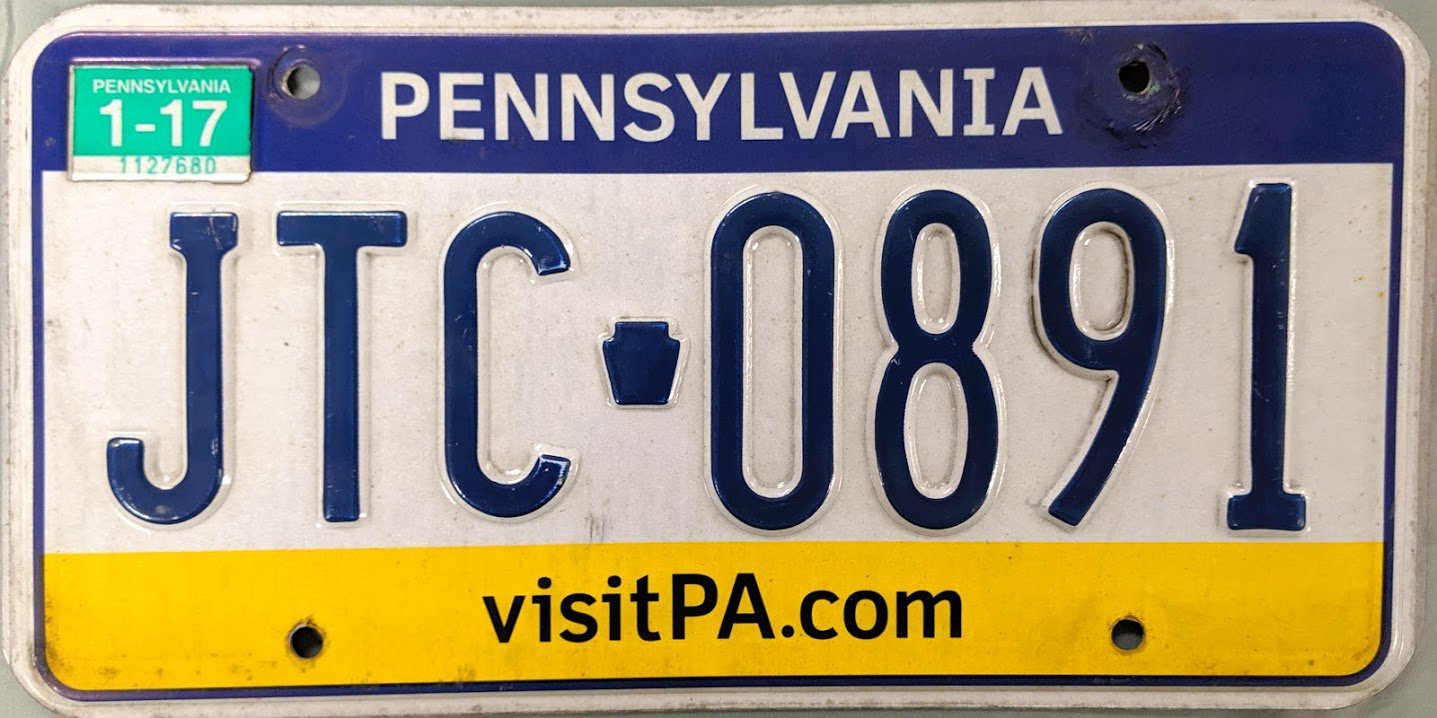Pennsylvania License Plate Background

The history of Pennsylvania license plates dates back to 1903, when the state first began issuing metal plates to automobile owners. These early plates were simple and utilitarian, with a black background and white lettering. Over the years, the design of Pennsylvania license plates has evolved, reflecting changes in technology, culture, and the state’s identity.
Pennsylvania license plates have come a long way since their inception, offering a wide range of options for drivers to personalize their vehicles. For those seeking a truly unique touch, custom license plate pa allows you to create a plate that reflects your personality or interests.
With a few simple steps, you can design a custom license plate that will make your Pennsylvania vehicle stand out from the crowd.
Today, Pennsylvania issues a variety of license plates, including standard plates, personalized plates, and specialty plates. Standard plates feature a blue background with white lettering and the state’s keystone logo. Personalized plates allow drivers to choose their own combination of letters and numbers, while specialty plates support various causes and organizations, such as the environment, veterans, and breast cancer awareness.
When you’re cruising down the highway in Pennsylvania, you’ll want to make sure your license plate is up to par. There are plenty of pennsylvania license plate options to choose from, so you can find the perfect one to match your personality and style.
Whether you’re looking for a classic black and white plate or something more colorful and eye-catching, there’s a pennsylvania license plate out there for you.
Types of License Plates
- Standard plates: Blue background with white lettering and the state’s keystone logo.
- Personalized plates: Allow drivers to choose their own combination of letters and numbers.
- Specialty plates: Support various causes and organizations, such as the environment, veterans, and breast cancer awareness.
Interesting Facts, Pennsylvania license plate
- The first Pennsylvania license plates were made of leather.
- The state’s first metal license plates were issued in 1903.
- Pennsylvania is one of the few states that does not require front license plates.
Pennsylvania License Plate Design

Pennsylvania license plates feature a distinctive design that incorporates several symbolic elements. The current design, introduced in 2019, showcases a blue mountain range against a white background, with the state name and motto prominently displayed.
Symbolism and Meaning
The design of Pennsylvania license plates is rich in symbolism. The blue mountain range represents the Appalachian Mountains, which form a significant geographic feature of the state. The white background symbolizes the state’s nickname, “The Keystone State,” which refers to its central location in the original thirteen colonies.
Design and Production Process
The design and production of Pennsylvania license plates involve a multi-step process. The design is created by a team of graphic designers and engineers, who work together to develop a visually appealing and functional plate. Once the design is finalized, it is submitted to the Pennsylvania Department of Transportation (PennDOT) for approval.
After approval, the license plates are produced by a third-party vendor. The plates are made from aluminum and undergo a series of processes, including stamping, painting, and coating, to ensure durability and longevity.
Pennsylvania License Plate Regulations

Pennsylvania has established a comprehensive set of laws and regulations governing the use of license plates within the state. These regulations aim to ensure the proper identification and registration of vehicles, promote public safety, and facilitate law enforcement efforts.
Obtaining License Plates
In Pennsylvania, obtaining license plates is a mandatory requirement for all vehicle owners. To obtain license plates, vehicle owners must first register their vehicles with the Pennsylvania Department of Transportation (PennDOT). The registration process involves submitting necessary documentation, including proof of ownership, insurance, and payment of applicable fees.
Displaying License Plates
Once license plates are obtained, they must be displayed prominently on the front and rear of the vehicle. The license plates must be securely attached and visible at all times. Failure to properly display license plates can result in penalties, including fines and vehicle impoundment.
Renewing License Plates
License plates in Pennsylvania are typically valid for a period of one year. Vehicle owners are required to renew their license plates annually to maintain their vehicle’s registration status. The renewal process can be completed online, by mail, or in person at PennDOT offices.
Penalties for Violations
Violating license plate regulations in Pennsylvania can result in various penalties. These penalties may include fines, vehicle impoundment, and suspension of driving privileges. Some common license plate violations include driving with expired or missing license plates, displaying altered or obscured license plates, and using license plates that do not correspond to the registered vehicle.